The tiny mountain kingdom of Bhutan is more famous for its amazing landscapes, beautiful dzong (monasteries), trekking possibilities and the fact that its king uses a gross national happiness index to understand the well-being of his subjects than its cuisine. The country has a national dish that is unexpected and delicious. And really, really spicy: Bhutan chilli cheese.
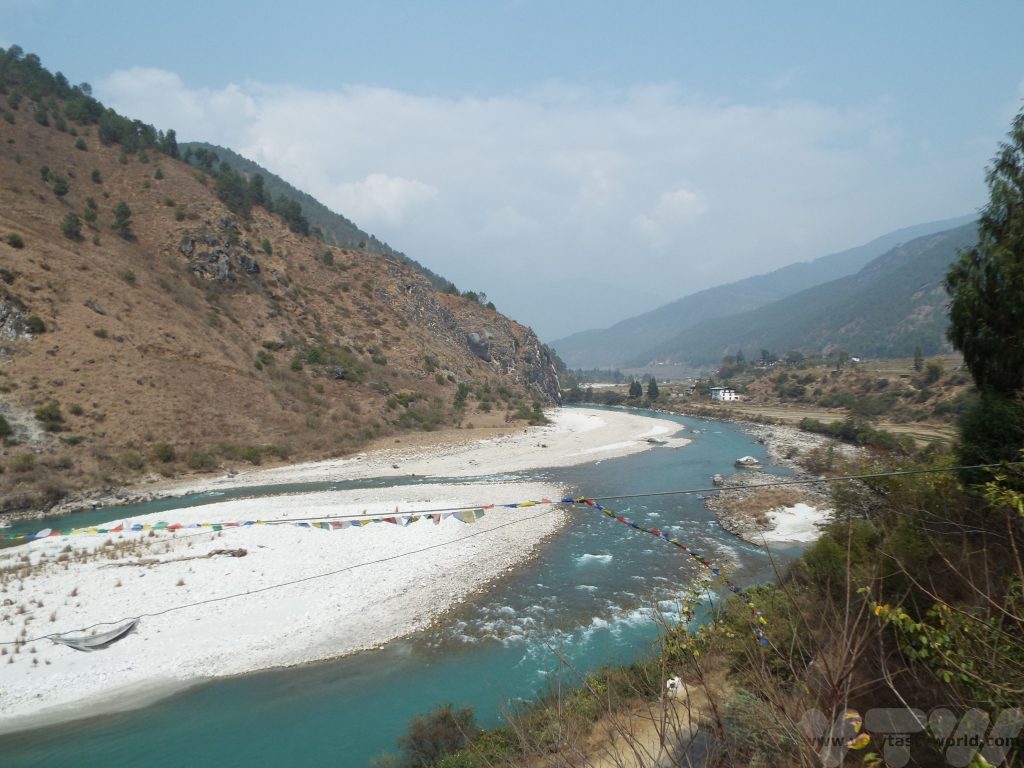
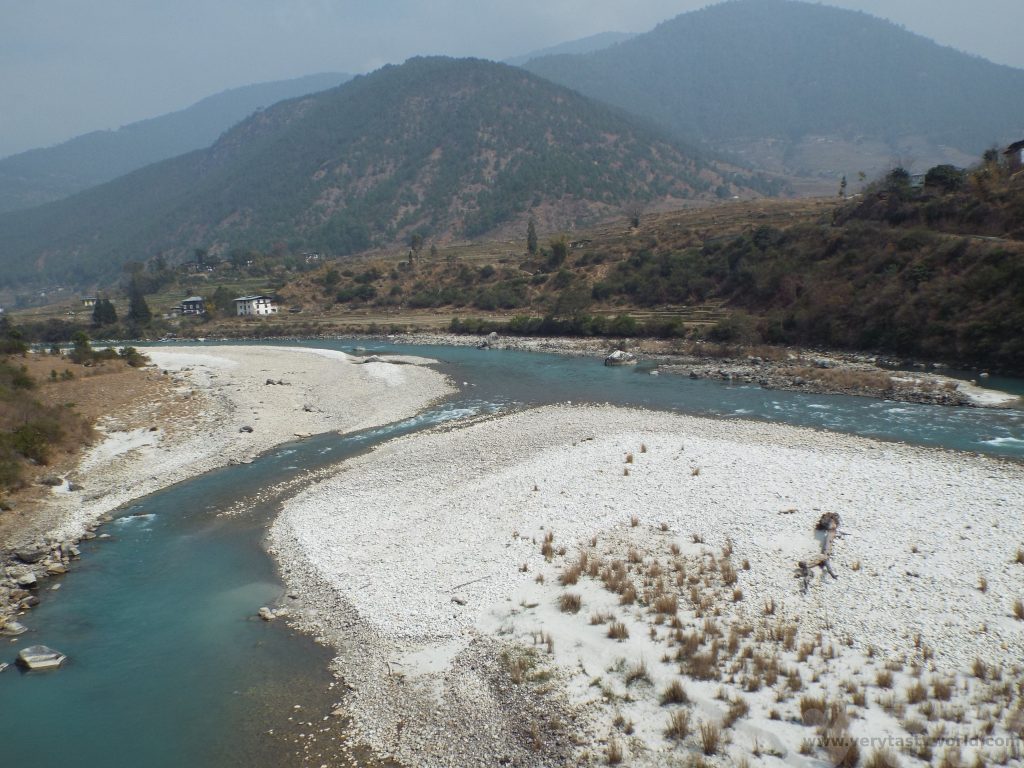
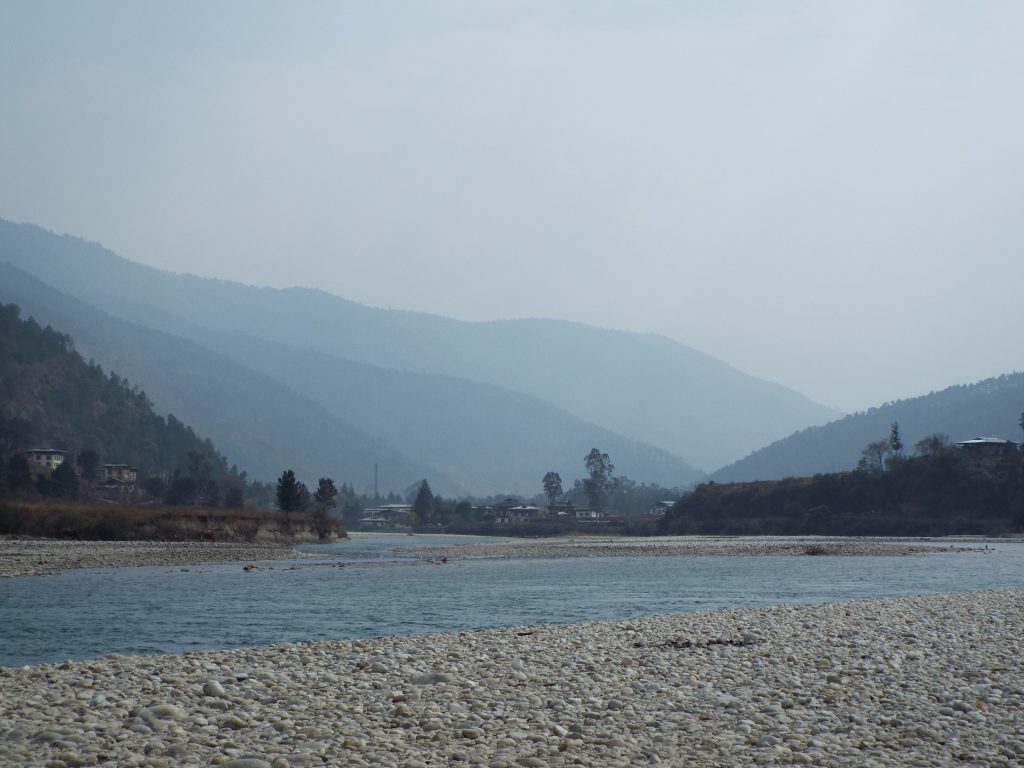
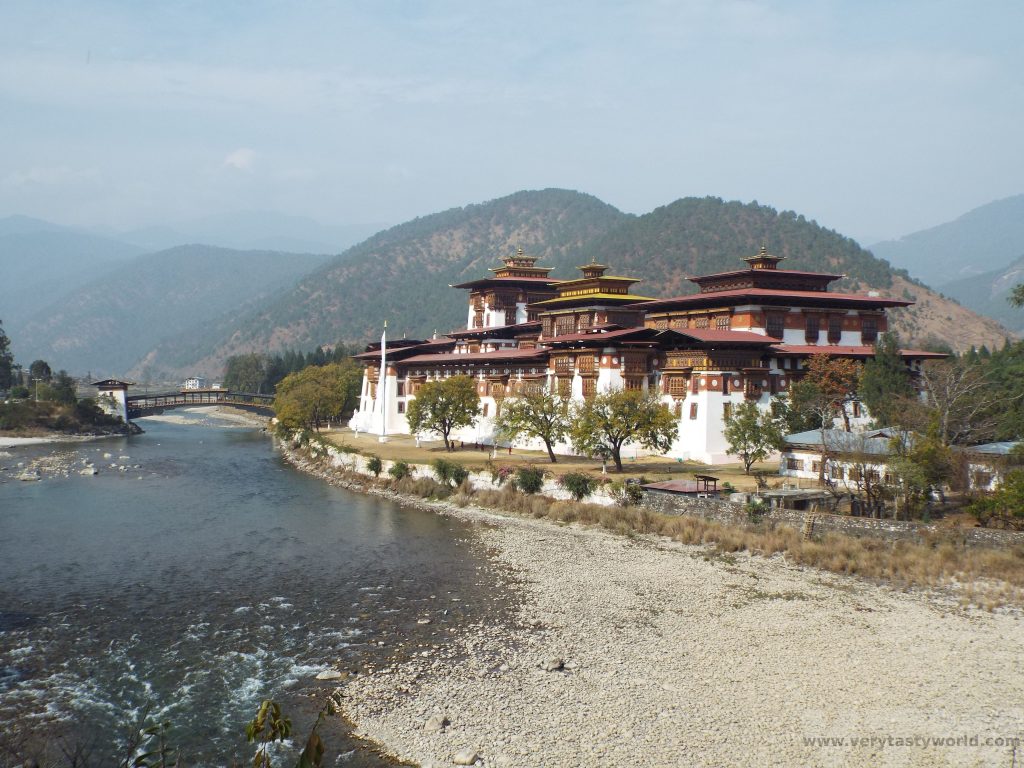
In Bhutan, chillies aren’t so much considered to be condiments – something to liven up a meal – but rather are used as vegetables. A meal isn’t considered to be complete if it doesn’t contain chilli. The country’s national dish is ema datshi: ema meaning “chilli” and datshi meaning “cheese”: Bhutan chilli cheese! The sorts of chillies the Bhutanese use are large, red chillies. Normally larger chillies are less hot than the teenie, weenie fiery ones but these still pack a punch. The chillies may be dried and can be rehydrated simply by cooking gently in water.
You can often see chillies drying in the sunshine outside houses.
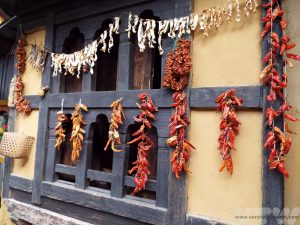
Chilli and cheese as a combination actually makes perfect sense. The heat of the chilli is stored in the seeds and the membrane on the inside of the fruit, capasaicin being the active ingredient, which sticks to the tongue and provides that essential – and addictive – burn. There’s an old saying that you should never drink water to quench the heat of a chilli – it’s like mixing oil and water, it just doesn’t work. But milk contains casein which acts like a detergent, binding to the capasaicin and allowing it to wash away, providing a calming effect.
Take this one step further to blend chilli with cheese and you have a gorgeous conglomeration of fire and calm. And, in Bhutan, to be enjoyed with every meal.
Making Bhutan Chilli Cheese
We were lucky enough to learn to make chilli cheese when we stayed on a farm in the lovely Punakha region.
The datshi of ema datshi is a cheese made from cow or yak’s milk, a soft-ish cheese with a texture that was reminiscent of ricotta. It has a salty, tangy flavour.
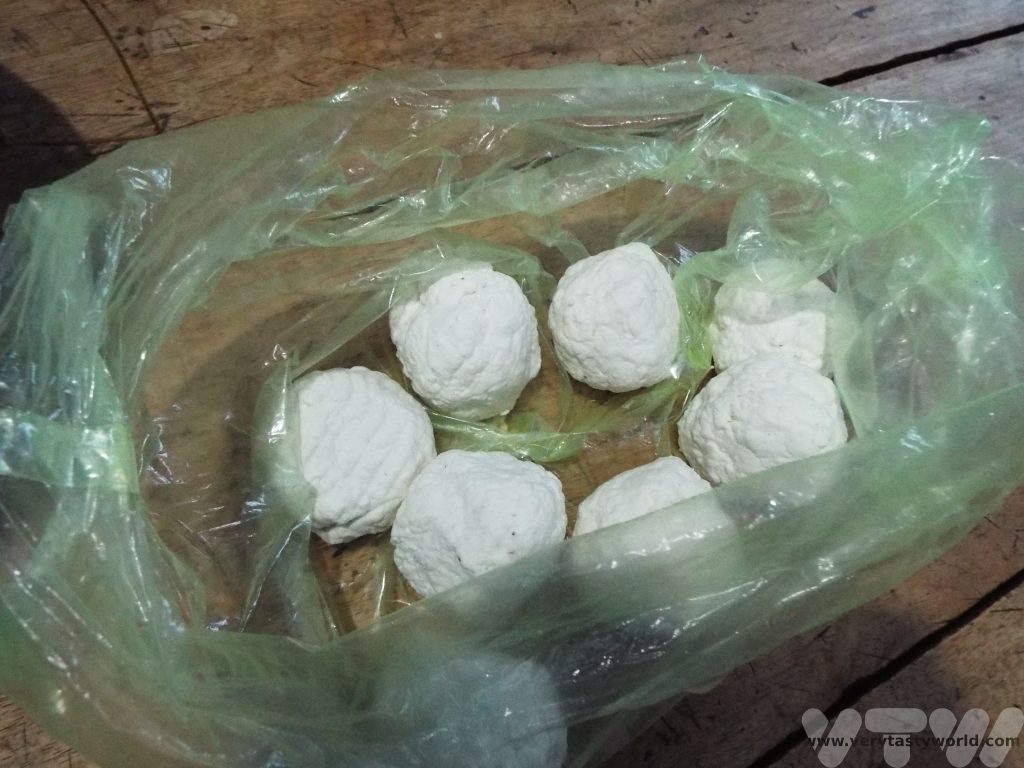
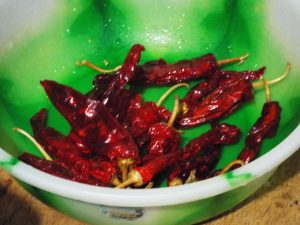
The chillies are often dried and need to be rehydrated. They are added to a saucepan with a small amount of water and salt for seasoning. They are then simmered until tender.
The cheese is added in slices, taken from the outside of the cheese ball, and the saucepan is taken off the stove to allow the cheese to melt in the residual heat.
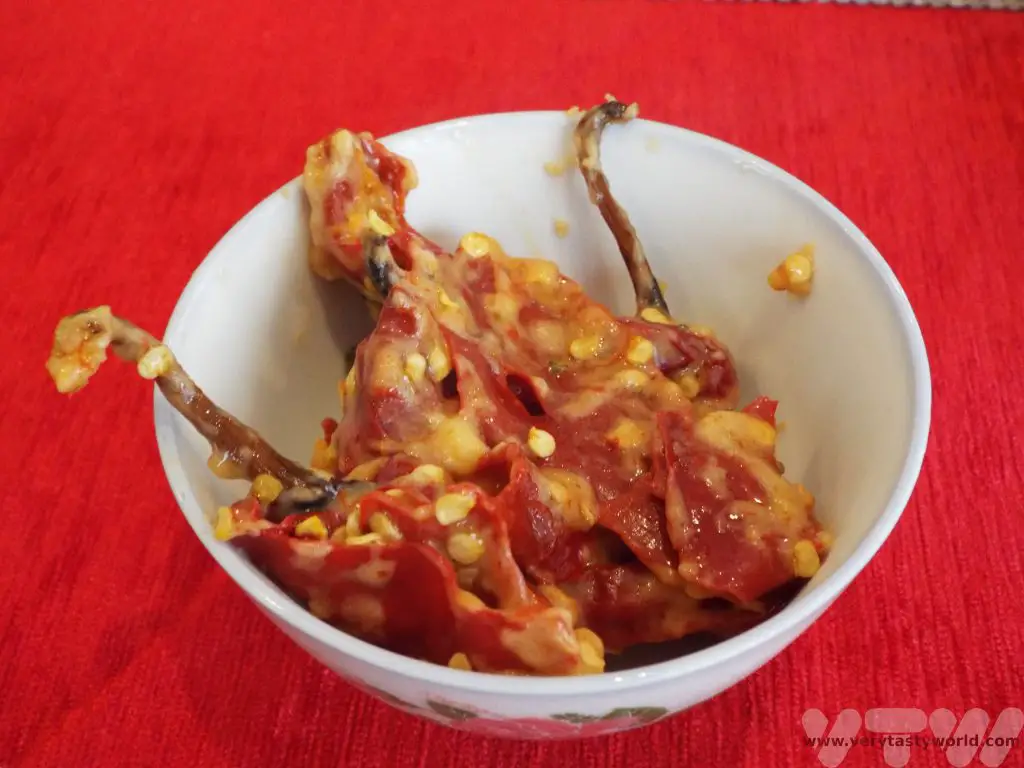
The resulting Bhutan chilli cheese is undeniably fiery but utterly delicious and curiously moreish.
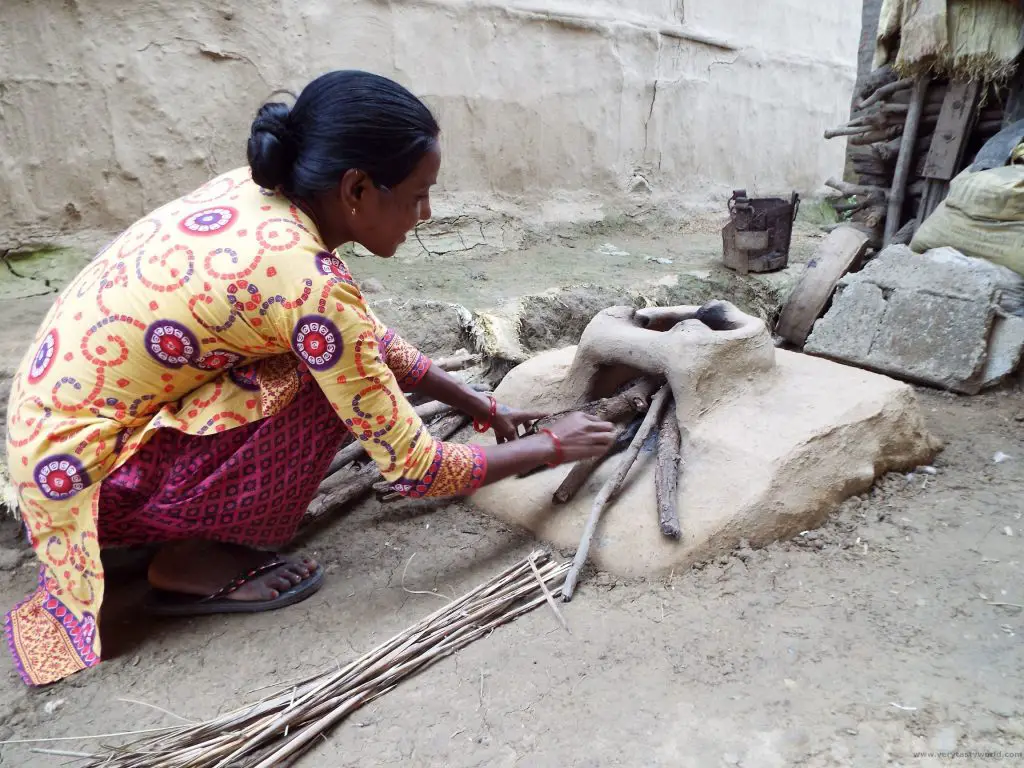
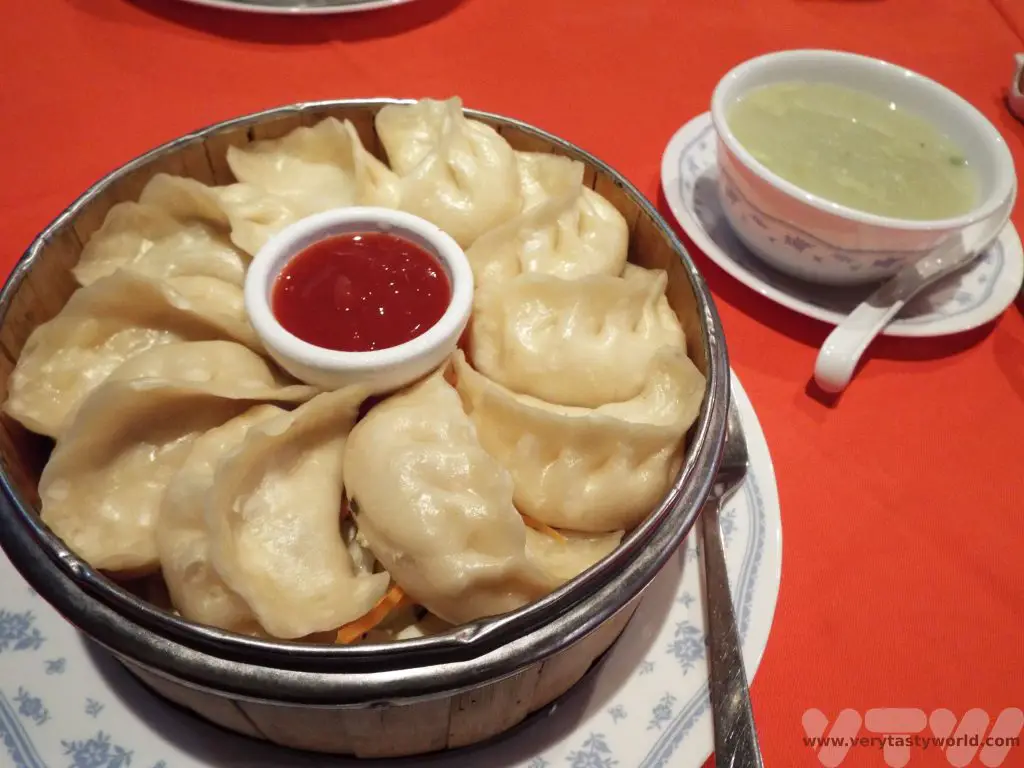


Great recipe, Mitch. Ellie & I love Ema Datshi. When you cook at home, what type of chili and cheese do you use?
Thanks so much, Stefan. This was the recipe from when we did a farm stay, so it used local cheese. I have a cunning plan to try to recreate ema datshi and will be experimenting with different cheeses to find that perfect “melty but not stringy” combination. We’ll definitely post the recipe here when we find it!